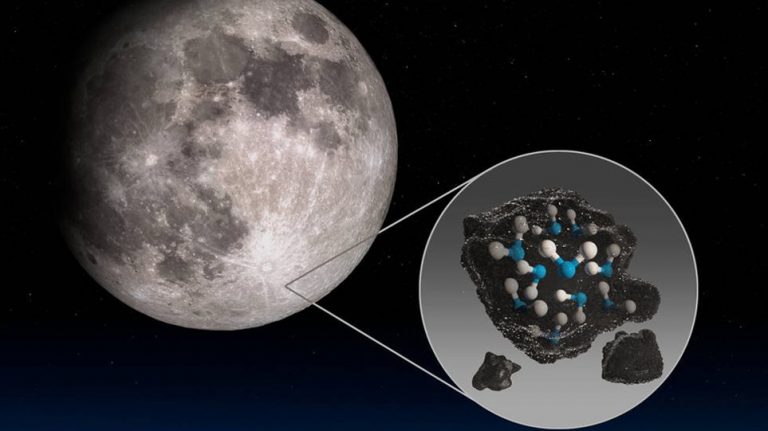In January, China made history when it landed its Chang’e-4 spacecraft on the far side of the moon. The mission was also the first to experiment with growing plants on the moon, and it brought to the lunar surface a mini-biosphere called the Lunar Micro Ecosystem (LME). The conditions within this small, cylindrical biosphere were similar to those on Earth, besides the microgravity and cosmic radiation. The LME contained:
- potato seeds
- cotton seeds
- rape seeds
- yeast
- fruit fly eggs
- Arabidopsis thaliana, a common weed
All of these died quickly, except the cotton. Now, a new 3D reconstruction shows that the cotton plant grew not one, but two leaves before dying due to the cold temperatures after about two weeks. The results suggest that the experiment was slightly more successful than initially thought.
The leader of China’s experiment, Xie Gengxin of the advanced Technology Research Institute at Chongqing University, doesn’t plan to publish any scientific papers based on this research. But he hopes to continue studying how various lifeforms might be able to survive on the moon.
Greek authorities set to extend Covid-19 lockdown
How tall are Greek youth? – Global survey
Why NASA wants to grow plants in space
Learning how to reliably grow plants in space is necessary if NASA or other space agencies want to launch long-term missions.
“Simply packing some multi-vitamins will not be enough to keep astronauts healthy as they explore deep space,” NASA wrote in April. “They will need fresh produce”.
Read more: Big Think
Ask me anything
Explore related questions





